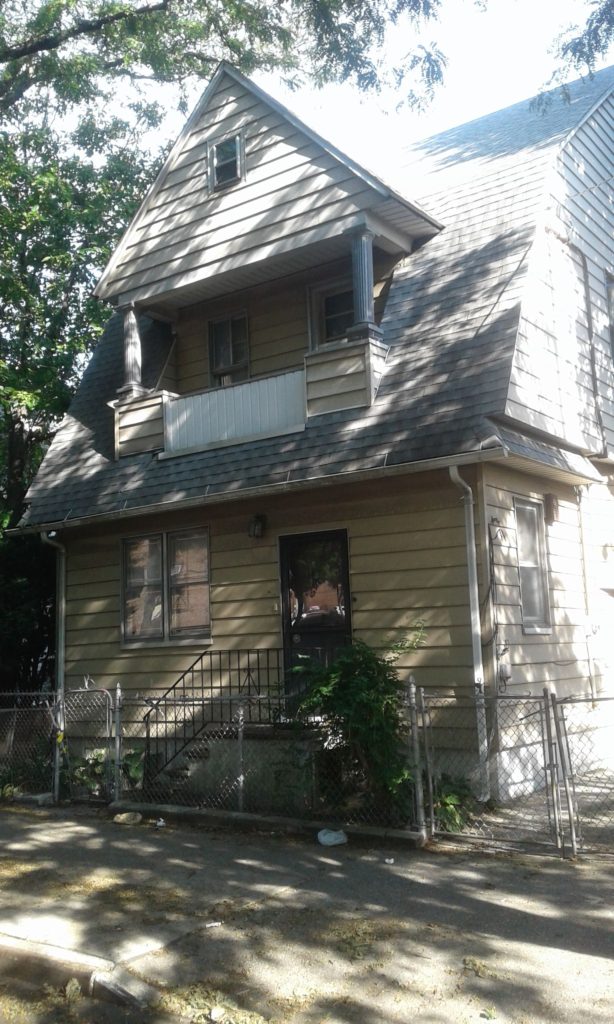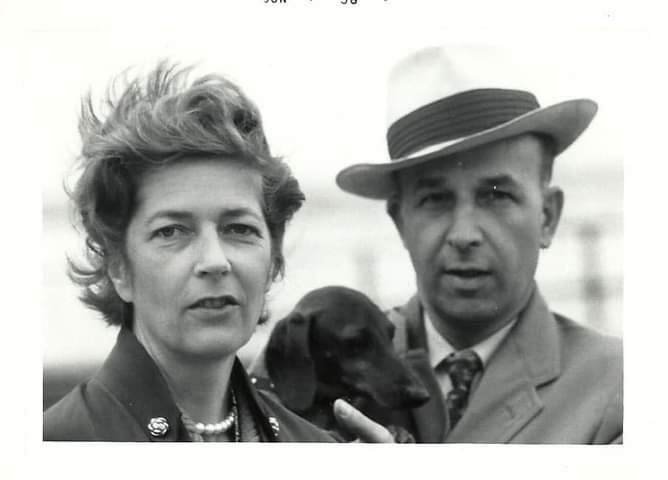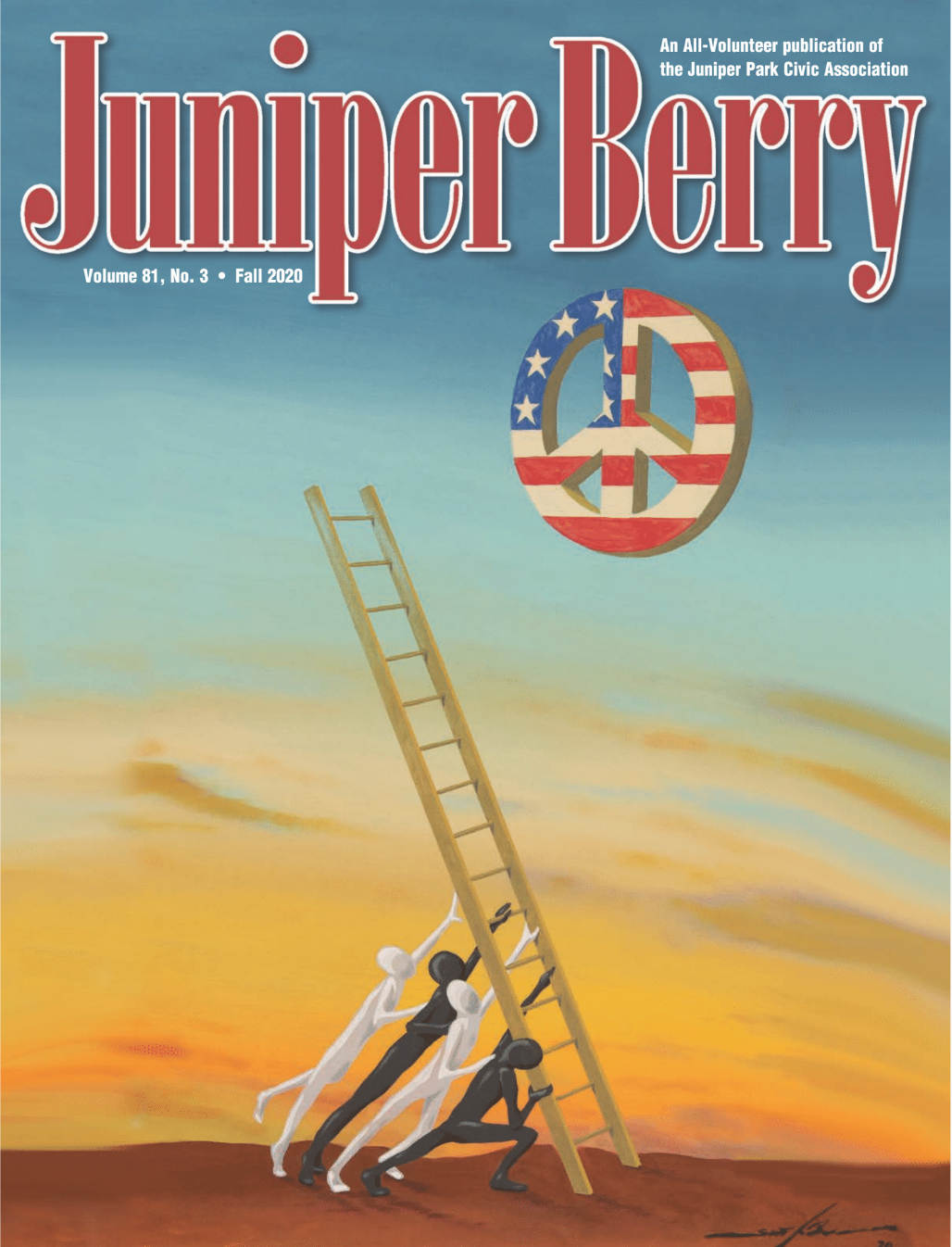Although other issues have consumed us within the past months, we at the Elmhurst History and Cemeteries Preservation Society (EHCPS), continue to work towards achieving our lasting goals; those of preservation, research, documentation, and land-marking efforts. Currently, our most significant issue is the ‘Janta House,’ a 1911 home located at 88-28 43rd Avenue in Elmhurst, adjacent to the 1926 Memorial Hall; which is now in grave danger of being demolished since ownership (De Hua Xue) has taken over the property. This home was occupied since around 1959 by two humanitarian giants and figures in history; Mr. Aleksander Janta-Polczynski, and his wife Valentina (Stocker-Pacewicz). This Polish couple contributed enormously to Polish and international society, as individuals for their efforts during WW2, and as a collective force following the aftermath of the war, when settling in the United States. Mr. Janta (1908-1974) born in Poznan, Poland, passed after battling cancer in 1974, but Ms. Janta remained in the home many years after, finally succumbing to natural causes, at the age of 107 on April 2, 2020. The home was sold by her choice in 2015 to bequeath to her relatives, with the stipulation that she remain living there unto her death.
Renaissance Man
Mr. Aleksander Janta was an internationally known poet, writer, and highly respected journalist whose diverse subjects ranged from hunting to Chopin. It is said he could trace his lineage of Polish nobility back to the time of the crusades. He was quite a Renaissance man, even organizing dance troupes and performing theater plays during his travels. At the time of his death, he had written over sixty books and over a thousand articles. As a journalist, he conducted many interviews with such figures as Charlie Chaplin, FDR, Gandhi, and Haile Selassie. He also widely travelled throughout the world from 1930-1939 in Europe, Asia, and twice came to the United States prior to settling here. He gained fame during this time for his travel articles. Janta, who was trained as a Calvary reserve officer, initially served as a war correspondent, then as an officer of Polish Nationals. He participated in active fighting within the French Campaign, was captured, and after switching to a French uniform to conceal his identity, went by an alias, later escaping from a German labor farm, this episode forming his most famous treatise, ‘I Lied To Live,’ then returned to France as part of the resistance movement. By 1944, he was in New York working with the Polish information center, but returned to the field as a war correspondent in Belgium and Holland, where he was injured, as he wrote on the conditions and treatment of Polish prisoners of war for the Polish Press.
Propagator of Polish culture
When the war ended, Janta re-located to Buffalo, New York by invitation during the years 1949-1955; his mission in life became to completely dedicate his time to Polish culture in America. He also lectured, and according to Theofil Lachowicz, archivist who works for the Polish War Veterans in Manhattan, knew how to entrance a crowd by his knowledge on many subjects, and by his likeability; listeners hinged on his every word, like one following a beloved poet in his prime. It was at one of these talks he connected with Valentina Stocker-Pacewicz in 1949, and they married soon after. (The couple previously met in London some time earlier). In Buffalo, Janta also published many favorable accounts on the reconstruction within Poland. His writings didn’t mention the communist political climate in control, and for that he was criticized and even denounced. Janta seemed to take this in stride, or as Lachowicz indicated, Janta was apolitical. His only concern was for the spirit, to be optimistic, for Polish culture to remain, to be lasting, and to see it thrive in all aspects, as political movements can come and go, the survival and continuance of culture must be maintained. That was Janta’s only high and clear objective. In 1955, the Jantas came to New York, where Aleksander became President of the American Council of Polish Culture Clubs, Assistant to the President of the Kosciuszko Foundation, and later as executive of the Paderewski Foundation.
The First Lady of Polish Americans
Ms. Valentina Janta was raised in Lemberg, in Austria-Hungary now called Lviv, part of the Ukraine. She is considered the ‘First Lady of Polish Americans,’ having played an integral role in high command during WW2, as the Secretary to General Wladyslaw Sikorski, Prime Minister in Exile and Commander in Chief of the Polish Armed Forces, while in London. There, she attended many high-level meetings included with Winston Churchill. She personally transcribed reports sent from Jan Karski. (Karski was the celebrated courier-resistance fighter who shared eyewitness accounts of Nazi atrocities while undercover, was captured and tortured, even cutting his own wrists, rather than giving up secrets. He amazingly escaped, came to the U.S, and became a longtime Professor at Georgetown University in Washington, D.C., refusing to ever set foot again in Communist controlled Poland.) According to Lachowicz, nowadays, such a title would be Chief of Staff, as Ms. Janta was part and privy to all Intelligence. One story goes that she slipped a paper aboard a flight to General Sikorski containing the names of spies, Sikorski after reading the names tore the paper in shreds, and threw it out the window, declaring that only he and Ms. Janta had possessed such confidential information.
After Sikorski’s assassination in 1943, Ms. Janta, from London, sent underground radio broadcasts (Radio Swit) to Poland to inform its citizens of the true goings on in the war. As some governments in exile, stayed at Grosvenor House in London, which was targeted during bombing air raids, many officials, including Valentina Janta had to spend some time sleeping in the subway system for safety. She became a Second Lieutenant in the Polish Army, and Interpreter for the United States in Germany, as her English was proficient, and was present at the Post War Nuremberg Trials. Niece Karolina Rostafinski-Merk said, “Many governments in exile were in London at the time. My Aunt was highly intelligent, organized, articulate, ethical, had connections, and knew languages brilliantly. She interviewed Concentration Camp survivors, and then devoted her time to helping many after the war’s end.”

Settling in Elmhurst
Once the Jantas re-located to New York City, and a few years later settled in Elmhurst, they opened an antiquarian bookshop, dealing in manuscripts, books, and maps. Much of this collection was donated to the National Library in Warsaw after Mr. Janta’s death. Their home in Elmhurst became a way station, a hub of visiting intellectual elite, writers, scholars, and scientists stayed there for durations of time, including Czeslaw Milosz, Jan Kott, Jerzy Giedroyc, Jan Karski, Marek Hlasko, and Witold Gombrowicz. Other Polish tenants resided there, (including Lachowicz for 18 years,) especially after Mr. Janta’s death in 1974 for companionship, and the sharing of expenses. “She was a very warm friendly person who liked the company of people that were into history and culture,” Lachowicz said noting the many other distinguished guests; an almost constant flow of who’s who of Polish notables visited the home, in which readers can google names for further information; Waclaw Gasiorowski, Wlodozimierz Olszewski, Anna Maria Anders, Alexander Hertz, Wojciech Siemion, Jerzy Witlin, Zdzislaw Czermanski, Tymon Telecki, Waclaw Iwaniuk, Antoni Slonimski, Janina Konarska, Prof. Waclaw Jedrzejewicz, Eva Junczyk-Ziomecka, Zdislaw Czermanski, General Tadeusz Bor-Komorowski and Zbigniew Herbert.
Niece Rostafinski-Merk commented, “This was a gathering place of intellectual elite. It wasn’t friendships. It was deeper than that. My Aunt was a very good judge of character. She had a very strong, direct personality and a great sense of humor, not a complainer. She always looked on the positive side.”
Recognition
Ms. Janta received the medal of merit by Poland’s Ministry of Culture and National Heritage, and was also awarded the Jan Karski Eagle Award. Some months prior to her death, our group reached out for an audio-visual interview, which did not commence, but we were permitted to greet Ms. Janta nonetheless. Kamila Jarosz, a young Polish translator said, “When I met Ms. Janta for my first and only time, it was an amazing experience to shake her hand, to say hello. I felt tears in my eyes, but didn’t cry. These were happy tears. I felt so proud meeting her, for all she did for my country during WW2, and how she continued helping others afterward.”
The Elmhurst History and Cemeteries Preservation Society contend it is of great and urgent importance that the Janta home be saved because of its historical, cultural, and architectural significance.
1. The Jantas generosity in aiding holocaust survivors, and rescuing Polish historical and literary artifacts, and establishing this home as a cultural meeting place. (Alexander Janta was instrumental in organizing the Wawel treasures, tapestries, vessels, etc., returned to Poland, despite the Communist regime. These treasures were sent to Canada for safekeeping at the outbreak of the war, and the fear was they may suffer from mold or decomposition. Lachowicz also relayed the story of forty women who suffered brutally in concentration camps and underwent medical experiments, and how the Jantas were able to secure passage for these women to the United States, get them psychological counseling, medical help, job training, and housing.)
2. Their perseverance in fighting injustice and facing many personal hardships during the war, and speaking and writing about what they felt regardless of the consequences. (As mentioned, Mr. Janta was captured for a year during the war, and on a later occasion wounded.) Ms. Janta lost her younger sister (a courier) in the Warsaw Uprising, her brother in law (soldier) died during the Katyn Massacre, and her brother held captive by Russians, was able to escape.
3. Their hope through education that human development and advancement would occur, and this was their greatest contribution to the youth for the world’s future. (According to the circle of people we met, the Jantas primary focus was on education for all, especially, history, culture, and the arts. They saw each person as an individual, regardless of background, and someone to learn from mutually. Niece Rostafinski-Merk said, “They were not just people in a marriage. They were friends. Great friends. It really was a beautiful relationship.” Another story tells of a young University student in Poland, who requested information on Aleksander, as he was writing a paper on his works. It was arranged by the Jantas to have the young man visit their Elmhurst home, paid his airfare, room and board, extended the visit, and treated him like a family member.) Numerous young scholars sponsored by the Kosciuszko Foundation came this way, all visitors or renters by way of recommendation only.
Newtown Civic member Maribel Gil, who spent time helping clear out the house said, “Learning about Valentina Janta, and her contribution to the Elmhurst Community and Polish-American community has been enlightening. I was honored to tour her home, and hear historical stories from those close to her. Elmhurst deserves to preserve much of our history, especially now since much has been erased by developers and zoning laws that don’t protect our history and sense of community. I would love to see the Janta House preserved as a local museum to enjoy its deep history, which will enrich the lives of anyone who enters and learns.” It is said Ms. Janta saw her early life as a series of adventures, but as she aged, she realized the significant role she played, and put this in perspective with humility, never seeking the spotlight, but casting her attention to her husband’s achievements.
History of the house
The plot of land where the Janta Home rests, based on land records, belonged, in 1896, to Christian Meyer, brother of Cord Meyer, the real estate developer who realigned the street grid, and built and vitalized the area; renaming it Elmhurst. The home was originally one of five, on 43rd Avenue, then called Ludlow Street. It and the adjacent home on its right, though the Janta structure is grander, represent rarities, since most early Cord Meyer homes are now lost. Thinking of the home itself as a persona; it felt magical to walk through, from the rooms, to the basement, to the sizable attic, while absorbing how much thought and process occurred in this very structure by such great minds. According to Abel Torres, Map Collector/ Native Elmhurst resident, “It is perhaps the only remnant of single-family architectural dwellings remaining, envisioned by the Meyer Brothers in Elmhurst. The house has historic value as it preserves most of its original features during the first wave of the Meyer Corp construction period. The public can appreciate these architectural features used by Cord Meyer, in its earliest development of Elmhurst, (formerly Newtown.).” In her support letter to the Landmark Preservation Committee, Kelly Carroll, director of the Historic District Council echoes these sentiments, writing that the only renovations that were made on this early home were done in 1960, around the time the Jantas moved in, and these alterations were negligible in terms of the integrity and significance in context of the entire structure. The house itself, as shown has three levels; a full basement, first and second story, and a wide livable attic. In fact, the five garages behind the home were mainly used for storage for the books, maps, and historical paper documents, acquired during exchanges with other collectors, and to trips to Universities in Europe.
The preservation plan
At this writing, the Elmhurst History and Cemetery Preservation Society’s goal is to document the history of the Jantas and the site, and to emphasize this house as a significant cultural landmark, on the merit of the Janta’s tremendous philanthropic work, and the house as a fountain of inspiring intellectual activity, as well as the house now being such a unique rarity among the rapidly changed landscape of Elmhurst. EHCPS has received an outpouring of positive support from the Polish American Community and Organizations. The Landmarks Preservation Committee has indicated the site is worthy of further study and investigation which is a very positive sign. Support letters have been forthcoming, and more are encouraged. Hopefully this will show due recognition, as ultimately saving this house from another development project would be a prize for Elmhurst, for those respecting the grand accomplishments of this couple, and preserving this structure steeped in history, so that it may be used as a place of learning and understanding for generations to come.
(Quotes from Karolina Rostafiniski-Merk and some references took place at the home when two nieces, and a close circle of Janta friends came to the home to clean, and clear out material objects. We thank Alfonso Quiroz, who was on hand to film the home and some participants.)
James McMenamin and Jennifer Ochoa are both organizers within the Newtown Civic Association and the Elmhurst History and Cemeteries Preservation Society. elmhursthistoryandcemeteries@gmail.com
Support letters can be sent to: Rfe@lpc.nyc.gov and Chair@lpc.nyc.gov




